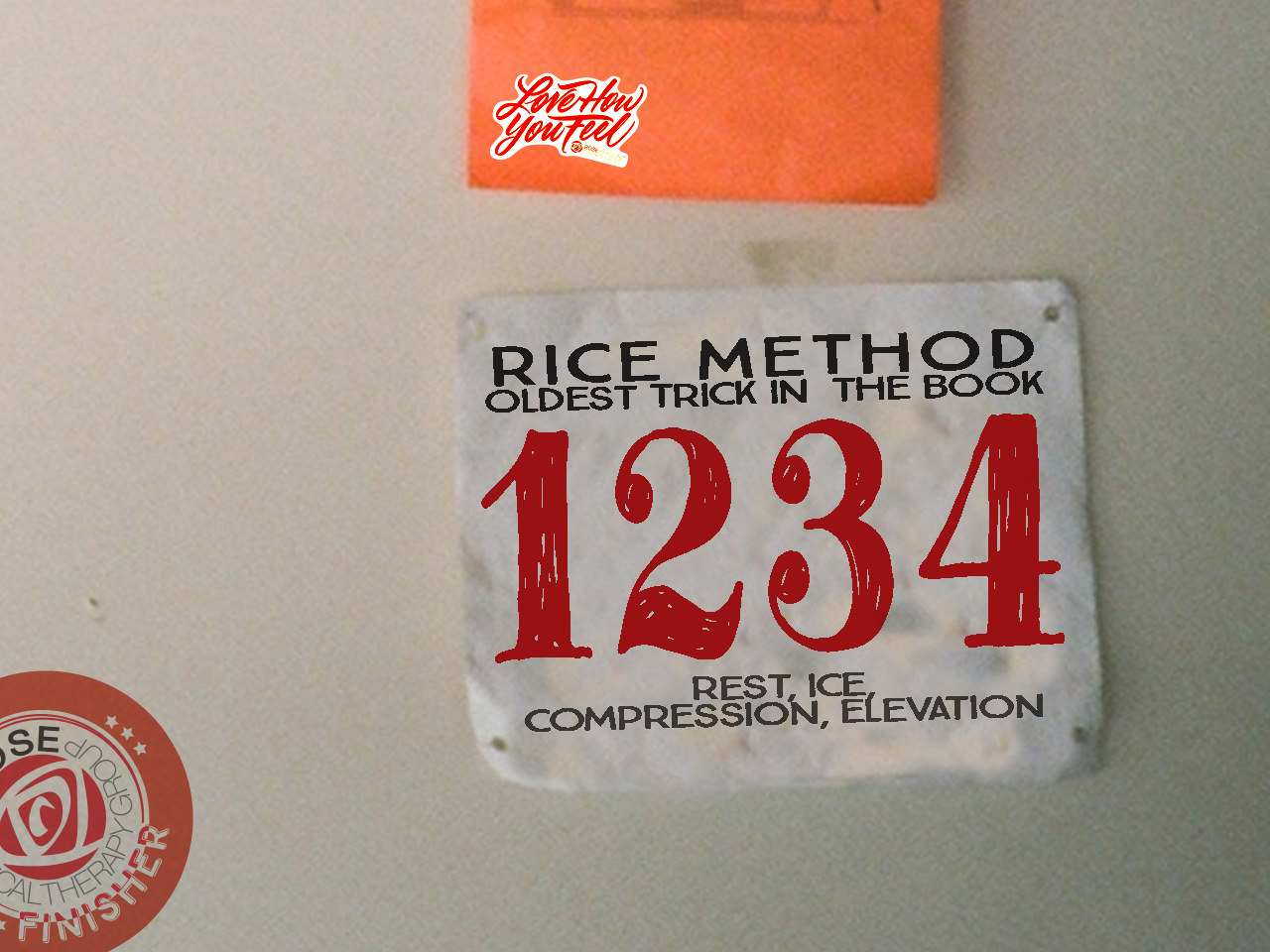The temperatures are cooling, hats and scarves are permanent fixtures in your wardrobe, and December 21--the first day of winter--is rapidly approaching. It’s officially winter in Washington, DC!
This inevitably means taking advantage of one of the most popular winter activities available in the District – ice skating! Before you lace up, make sure to read this list of 5 ways to avoid injury on the ice.
1. First time ice skating? Choose figure skates over hockey skates. Figure skates have a long, gently curving blade which allows the skater to glide over sweeping curves. Hockey skates have a shorter, more steeply curving blade which allows the hockey player to quickly stop and turn. For the novice skater, however, figure skates will allow more stability by distributing your weight more evenly over a longer distance.
2. Lace up your skates tightly! Put simply, ice skates are made out of a boot with a blade attached to the bottom. Both figure skates and hockey skates are designed for stability around the ankle. In order to prevent an ankle injury if (when) you fall, be sure your boots are laced up tightly, tighter than you would tie a shoe. A good rule of thumb to test whether you’re tied up tightly enough, you should be able to fit 2 fingers between the tongue of the boot and your ankle, no more.
3. Toe Pick! That scraggly looking thing at the front of your blade is NOT for stopping. Toe picks are made for one purpose: jumping. This feature is how the figure skater propels themselves into the air. If you try to use the toe pick to stop or push yourself forward, you will fall. Flat on your face. To stop safely, push your foot firmly on the ice and gently push the blade lengthwise out to the side. To make sure you are safe, do not skate at any high speed until you feel comfortable stopping! Push the side of your blade out to the side to propel yourself forward as well.
4. Fall correctly. Then stand up! Yes, there is a right and a wrong way to fall when ice skating. Fall the wrong way and you’ll end up injured. Fall the right way and all you’ll have to worry about is how hard your friends will be laughing at you! If you feel yourself starting to fall, the safest thing is to prepare yourself for a proper fall. Try to direct yourself towards landing on the side of your behind, where your glutes and other muscles give you the most padding. Keep your arms in close to your body and avoid doing windmill actions with your arms to try to maintain your balance. This will result in falling on awkwardly and injuring yourself. It’s a good idea to practice on the floor before you even get on the ice.
5. Do not put your arms out to catch your fall. You can easily injure your wrists, arms, and shoulders by trying to catch yourself on your hands. If you have to put your arms out to keep yourself from hitting your head, it is better to do so with your elbow bent. And never skate with your hands in your pockets!
There you have it, five simple ways to avoid injury and keep ice skating fun this winter! If you do have a fall that leaves you in pain, stop skating and use the old school RICE method:
Rest. Rest the area of your body that is injured. Stop skating and don’t do any other strenuous activities until you feel better.
Ice. Ice the injured area for periods of 20 minutes to reduce the inflammation.
Compression. Use an ace bandage or some other compressive sleeve to help reduce swelling and inflammation.
Elevation. Elevate the involved extremity to a level above the heart while you ice to assist in reducing swelling.
...yeah, we know that people keep trying to say that RICE isn't the best on social media and other drama-queen online rags. Don't believe that hype! RICE has been shown effective for over a century. It's inexpensive, it's easy, and you can do it in your own home.

Do you wish you would have read this article earlier because you’ve already had an unfortunate incident out on the ice? Rose Physical Therapy Group is here to help with all of your musculoskeletal injuries, ice skating related or not. Give us a call to schedule an appointment today!


